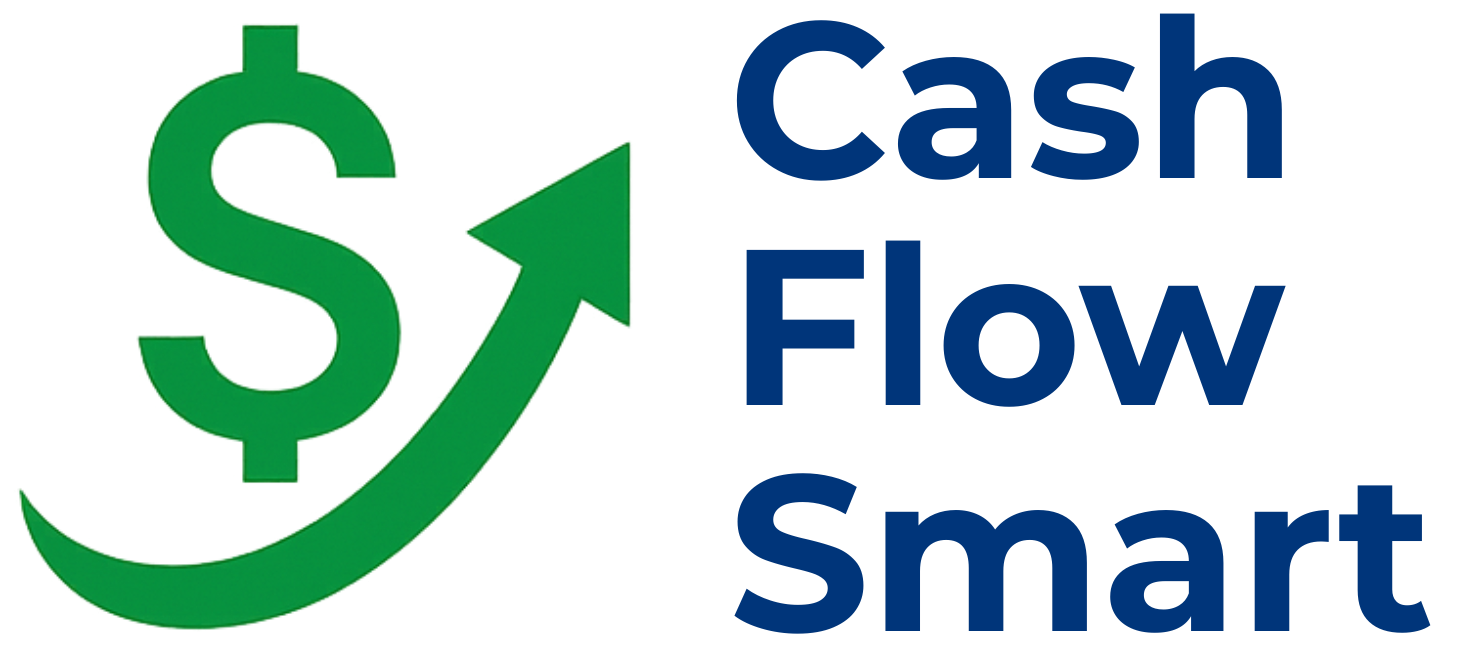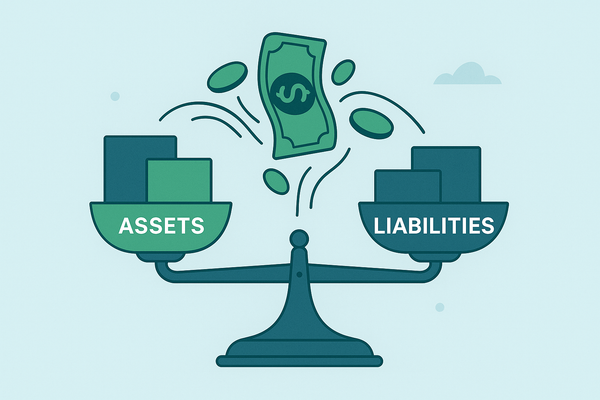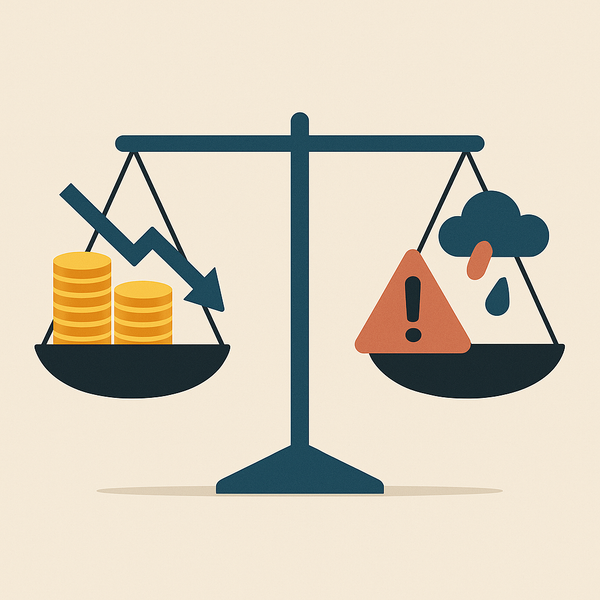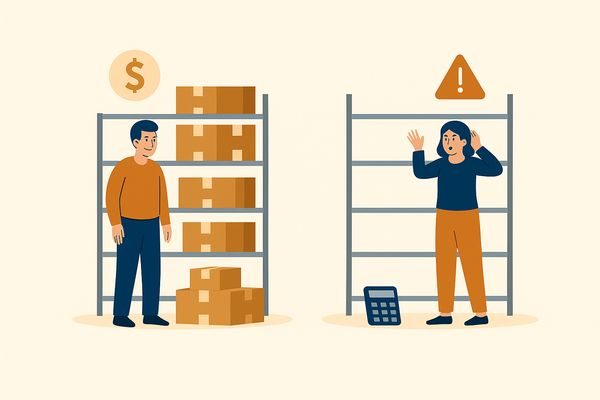Cash Flow Forecasting Made Simple: A Step-by-Step Guide for Small Businesses
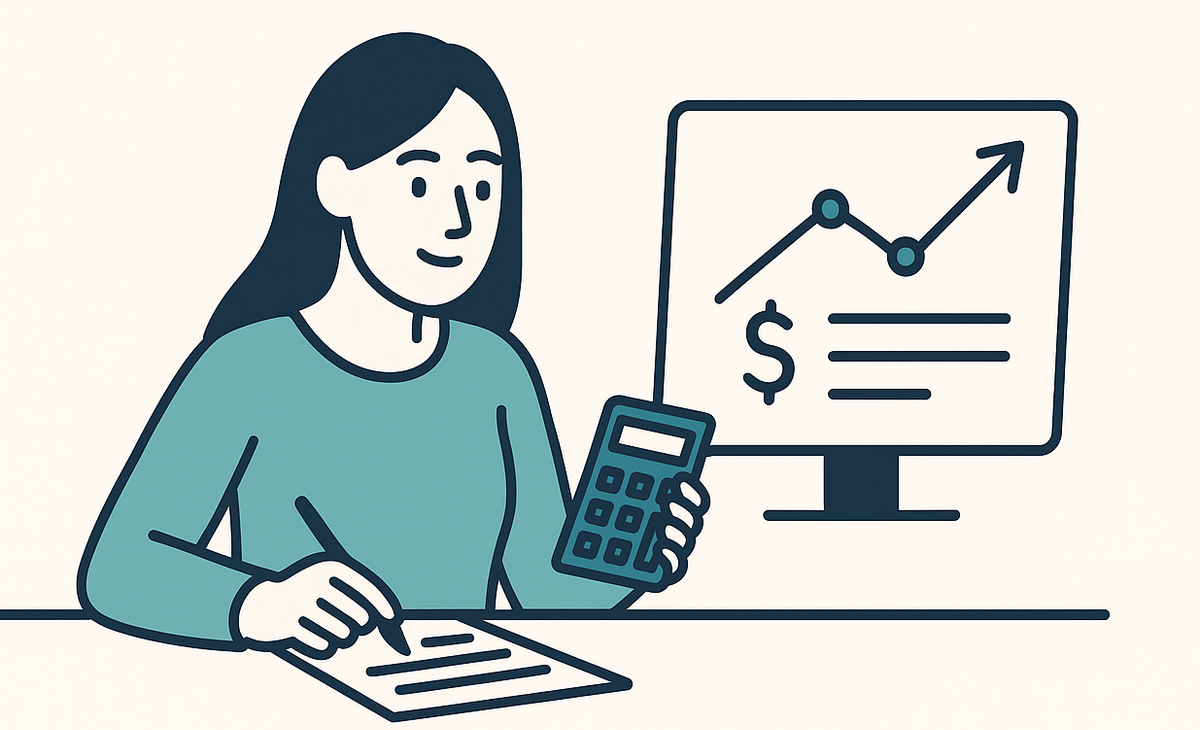
Introduction: Take Control of Your Cash Flow Before It Controls You
Imagine it’s a Friday afternoon. Your supplier invoices are due Monday, but your biggest client hasn’t paid yet. You’re staring at your bank balance, wondering if there’s enough to cover payroll and rent. Sound familiar?
This scenario keeps too many small business owners awake at night. But there’s a simple tool that can change everything: a cash flow forecast.
In this ultimate guide, we’ll walk you through exactly how to create one—even if you’re not “good with numbers.” By the end, you’ll know how to anticipate cash flow gaps, make smarter decisions, and stop money surprises from derailing your business.
What Is a Cash Flow Forecast (and Why It’s Crucial)?
A cash flow forecast predicts how money will move in and out of your business over a set period. It’s a snapshot of your future bank balance based on expected income and expenses.
It includes:
- Cash inflows – sales, client payments, loans, grants, or investments.
- Cash outflows – rent, utilities, payroll, inventory, taxes, loan payments.
The goal? To calculate your net cash position (inflows minus outflows) and see if you’ll have a surplus or shortfall.
Think of it as your business’s GPS. It doesn’t have to be perfect, but it shows you where the road could get bumpy—and helps you plan detours before it’s too late.
Why Cash Flow Forecasting Is a Game-Changer for Small Businesses
📉 Avoid Cash Flow Surprises
82% of small businesses fail because of poor cash flow management. A forecast lets you see potential shortfalls weeks or months in advance, so you can act early.
💡 Make Confident Decisions
Should you hire that new team member? Order extra inventory for the holidays? Your forecast helps you answer with confidence instead of guesswork.
😌 Sleep Better at Night
Nothing beats the peace of mind that comes from knowing you can cover upcoming bills and plan for growth.
📊 Plan for Seasonality
If your business has busy and slow seasons, a forecast helps you prepare by saving cash during the highs to cover the lows.
Common Misconceptions About Cash Flow Forecasting
❌ "I need to be good at math."
✅ You don’t. If you can add and subtract—or use a spreadsheet—you’re ready.
❌ "I need expensive software."
✅ Not at all. Start with Excel or Google Sheets. You can always upgrade later.
❌ "Forecasting is only for big businesses."
✅ Small businesses need it even more because they often have tighter cash margins.
❌ "It’s too time-consuming."
✅ Not really. Set it up once, then spend 30 minutes a week updating it.
How to Create a Cash Flow Forecast: Step-by-Step Guide
1️⃣ Pick Your Forecast Period
Start with a monthly forecast for 12 months. If cash flow fluctuates weekly (e.g., retail or restaurants), consider a 13-week rolling forecast.
2️⃣ List Expected Cash Inflows
Include:
- Sales revenue (by client or product)
- Loan funds
- Tax refunds or grants
- Other income streams
➡️ Example: January – $12,000 sales, $2,000 grant
3️⃣ List Expected Cash Outflows
Break down expenses:
- Fixed costs: rent, insurance, loan repayments
- Variable costs: inventory, utilities, marketing
- Seasonal/occasional costs: tax payments, equipment upgrades
➡️ Example: January – $3,500 rent, $2,500 payroll, $1,000 utilities
4️⃣ Calculate Net Cash Position
Use this formula for each period:
Net Cash = Total Inflows – Total Outflows
➡️ Example: $14,000 inflows – $9,000 outflows = $5,000 net cash
Track cumulative cash balance to see how it changes month to month.
5️⃣ Identify Cash Flow Gaps
Look for negative cash balances or tight months. Solutions might include:
- Delaying non-essential purchases
- Encouraging early client payments
- Setting up a line of credit
6️⃣ Update Regularly
Review your forecast weekly or monthly. Replace estimates with actuals and extend it forward.
Common Cash Flow Pitfalls & How Forecasting Helps
🚩 Late Client Payments
Your forecast can highlight when you’ll feel the pinch, so you can follow up or adjust terms.
🚩 Overestimating Sales
Forecast conservatively. It’s better to be pleasantly surprised than unprepared.
🚩 Ignoring Seasonal Trends
Past data can help predict highs and lows. Adjust your forecast to smooth them out.
Quick Recap Checklist
✅ Choose forecast period (weekly/monthly) ✅ List all cash inflows and their timing ✅ List all cash outflows and their timing ✅ Calculate net cash and cumulative balance ✅ Review and update regularly
FAQs About Cash Flow Forecasts
❓ How accurate does it need to be?
Close enough to spot trends and plan. Perfection isn’t the goal.
❓ Is this the same as a budget?
No. A budget plans income & expenses; a forecast predicts actual cash flow.
❓ How often should I review it?
At least monthly, ideally weekly.
Final Takeaways: Your Financial Roadmap to Success
A cash flow forecast isn’t about predicting the future perfectly—it’s about preparing for it. Start small, keep it simple, and make it a habit. You’ll reduce stress, avoid surprises, and position your business to thrive.
Next Steps: Start Forecasting Today
Want a head start? Subscribe 👇 our newsletter to get notified when our FREE Cash Flow Forecast Template drops. And check out more small business cash flow tips on our blog.
